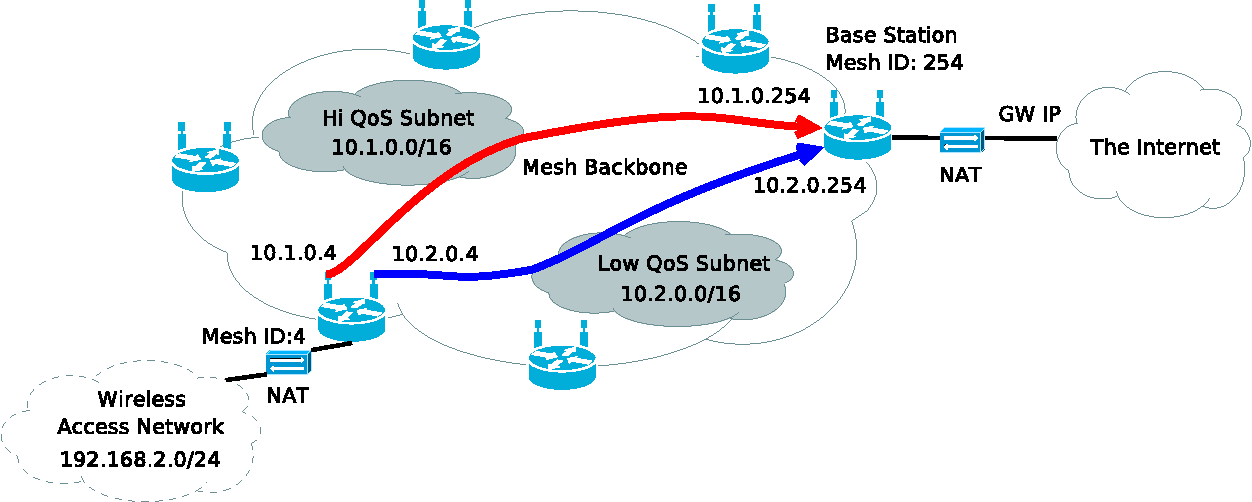
The PE router then encapsulates the traffic, marks it to identify the VRF instance, and transmits it across the provider backbone network to the destination PE router. In a typical deployment, customer edge (CE) routers handle local routing in a traditional fashion and disseminate routing information into the provider edge (PE) where the routing tables are virtualized. They are also appropriate in the large enterprise, multi-tenant and shared data center environments. IP VPNs have been traditionally deployed by carriers to provide a shared wide-area backbone network for multiple customers. In this implementation, a core backbone network is responsible for the transmission of data across the wide area between VRF instances at each edge location.

The scaling limitations of VRF Lite are resolved by the implementation of IP VPNs.
BACKBONE MEANING IN NETWORKING FULL
This is the historical explanation of the term VRF Lite: usage of VRFs without MPLS.Įxample of a global and VRF Routing table summary with different routes/ routing protocol Full implementation VRFs were initially introduced in combination with Multiprotocol Label Switching (MPLS), but VRF proved to be so useful that it eventually evolved to live independent of MPLS. While simple to deploy and appropriate for small to medium enterprises and shared data centers, VRF Lite does not scale to the size required by global enterprises or large carriers, as there is the need to implement each VRF instance on every router, including intermediate routers. In this implementation, each router within the network participates in the virtual routing environment in a peer-based fashion. The simplest form of VRF implementation is VRF-Lite. Network functionality is improved because network paths can be segmented without requiring multiple routers. Because the routing instances are independent, the same or overlapping IP addresses can be used without conflicting with each other. VRFs are the TCP/IP layer 3 equivalent of a VLAN. Therefore, the packets are only forwarded between interfaces on the same VRF. One or more logical or physical interfaces may have a VRF and these VRFs do not share routes. In IP-based computer networks, virtual routing and forwarding ( VRF) is a technology that allows multiple instances of a routing table to co-exist within the same router at the same time. JSTOR ( January 2014) ( Learn how and when to remove this template message).Unsourced material may be challenged and removed.įind sources: "Virtual routing and forwarding" – news Please help improve this article by adding citations to reliable sources. In addition, a comparison in terms of performance is also provided, based on the backbone used for each task.This article needs additional citations for verification. Also, a couple of computer vision tasks are discussed by providing a review of each task regarding the backbones used. VGGs, ResNets, DenseNet, etc, is given with a detailed description. In this paper, an overview of the existing backbones, e.g. A backbone is a known network trained in many other tasks before and demonstrates its effectiveness. These networks are exploited for feature extraction or at the beginning of any DL model which is named backbones. Many networks have been proposed and become the famous networks used for any DL models in any AI task.


So, the implementation of such a model can be related to the target task as well as the computational complexity of it. The selection of a suitable network for feature extraction or the other parts of a DL model is not random work.

For computer vision tasks, convolutional networks are used to extract features also for the other parts of a deep learning model. CNNs allow to work on large-scale size of data, as well as cover different scenarios for a specific task. Now, with the development of convolution neural networks (CNNs), the feature extraction operation has become more automatic and easier. However, the selection of useful features from large-scale data represented a crucial challenge. This is performed by extracting representative features step, which is proceeded using the statistical algorithms or using some specific filters. While finding the pattern within the analyzed data represents the main task.
BACKBONE MEANING IN NETWORKING PDF
Download a PDF of the paper titled Backbones-Review: Feature Extraction Networks for Deep Learning and Deep Reinforcement Learning Approaches, by Omar Elharrouss and 3 other authors Download PDF Abstract:To understand the real world using various types of data, Artificial Intelligence (AI) is the most used technique nowadays.


 0 kommentar(er)
0 kommentar(er)
